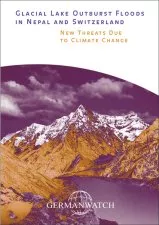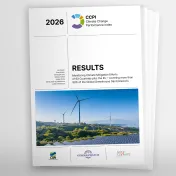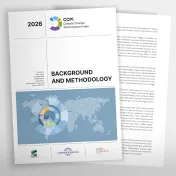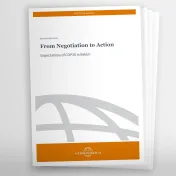
The spectacular worldwide receding of mountain glaciers is one of the most reliable evidences of the changing global climate since mid 19th century. Mountain glaciers therefore, are seen as key indicators for climate changes and act as a sort of "global thermometer" (Haeberli et al. 1998b, IPCC 2001, OcCC 2002). And although the global temperature rise of about 0.6°C in the last hundred years might seem negligible at first sight its impacts are tremendous. Alone the Alp glaciers have lost around one third of their surface area and half of their volume by the 1970s. Likewise, since the 1980s 10-20% of the estimated 130 km3 of ice reserves have been lost (Maisch/ Haeberli 2003).
In countries with high mountainous terrains such a development evokes concerns as with the melting of glaciers the risk of glacial related hazards increases. One of these risks are Glacial Lake Outburst Floods (GLOFs). As glaciers retreat, glacial lakes form behind moraine or ice 'dams'. These 'dams' are comparatively weak and can breach suddenly, leading to a discharge of huge volumes of water and debris. Such outbursts have the potential of releasing millions of cubic meters of water in a few hours causing catastrophic flooding downstream with serious damage to life, property, forest, farms and infrastructure. Such damage can even occur hundreds of kilometres downstream.
In a dramatic way, the phenomenon of GLOFs illustrates the possible impacts of global climate change on the local level. At the same time, this indication of the anthropogenic greenhouse effect also highlights the different possibilities in industrialized and developing countries to react to such impacts, as the example of Switzerland and Nepal illustrates. Both countries alike face a rising threat by glacier related hazards but their capabilities to react differ significantly.
A case study of climate change. Available in German as well.



